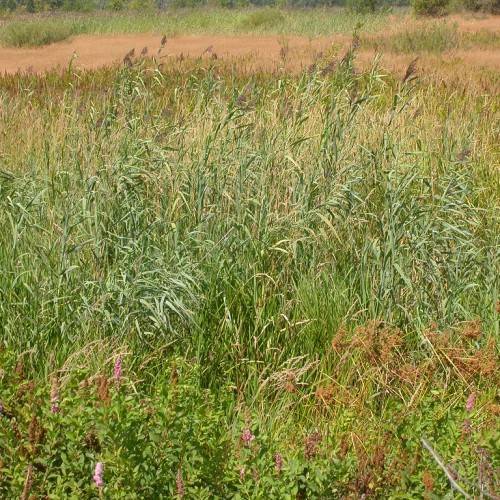
New England Northern Reed Grass
Calamagrostis stricta subsp. inexpansa
Also Known As - Western Bluejoint,Northern GrassWatering:
Average
Hardiness Zone:
Flowers:
Flowers
Sun:
Sun, Partial Shade
Leaf:
Yes
Growth Rate:
Low
Drought Tolerant:
Yes
Salt Tolerant:
Yes
Care Level:
Moderate
watering
New England Northern Reed Grass (Calamagrostis stricta subsp. inexpansa) should be watered 1-2 times a week, depending on the weather. During hot, dry weather or during times of extreme drought, it may need to be watered more frequently; in cooler climates, less often. Make sure to keep the soil evenly moist, but never leave the soil soggy or waterlogged. In spring and summer, 1/2 inch of water applied to the root zone of the plants is usually enough. In fall and winter, reduce the water to 1/4 inch. To ensure that the plants receive enough water, create basins around the plants and slowly pour water into the basins until the soil is moist.
sunlight
New England Northern Reed Grass, or Calamagrostis stricta subsp. inexpansa, grows best in full sunlight, with at least 6 hours of direct sunlight each day. The best time of day for the grass to receive ideal sunlight is between the hours of 9:00 a.m. and 3:00 p.m. During the summer months when the days are longest, the grass should be exposed to daylight for the majority of the day. In the winter months, when days are typically shorter, plants should receive at least 4 hours of sunlight each day in order to develop and remain healthy.
pruning
New England Northern Reed Grass should be pruned annually in late winter or early spring before active growth starts. Pruning should not exceed a third of the total plant height. Start by removing dead or damaged stems and any flowers or seed heads that are present. If the grass is particularly crowded, reduce the overall size by selectively removing stems here and there. Flowwering stalks can be removed and the seed heads can be collected for propagation. For more drastic pruning, such as when establishing a beautiful and lush shape, wait until the late fall when the grass has gone dormant and prune back the stems to a uniform height of 6-10 inches. Pruning should be repeated in this fashion about once every 3 years to ensure the grass maintains a neat and tidy appearance.
